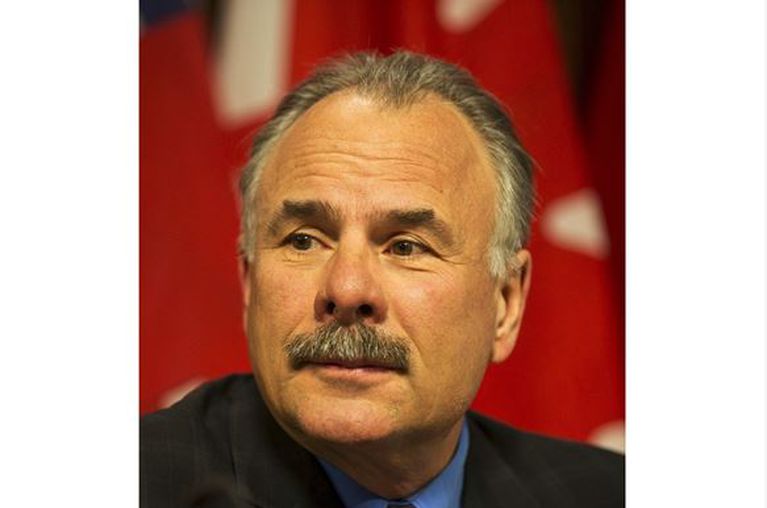Ford government will try and grab more Greenbelt land

‘We can anticipate where they will strike next,’ writes Gord Miller
The battle to stop the removal of Greenbelt lands from their protected status is not over yet. Many still protest and call for a suspension and reversal of this decision. They may yet succeed. But Bill 23 with all its restructuring of various legislation has become law and the associated “great reset” of land use planning policy is already being implemented.
Some effort should now be turned to anticipating, and preventing, the next move by this government to grab Greenbelt lands. And, make no mistake, there will be such a move. The present initiative satiates the demand by big developers for land to sprawl onto for the next few years but it is not enough to meet the longer term plans of the government to continue to expand the annual housing construction in the Greater Toronto and Hamilton Area by an order of magnitude into the next decade. We were caught off guard by the loss of the current parcels. We still don’t know the nature and magnitude to Ontario’s natural heritage that will be destroyed by this initiative. Perhaps we never will.
But we can anticipate where they will strike next. There are several signals that can be watched for. The first is the acquisition of large parcels of land within the existing protected Greenbelt by numbered corporations or known development companies. As we know now, this signal was activated by the recent purchase of many of the parcels that have now been sacrificed. Any such purchases should be suspect unless there is a known public function for such land assemblies.
Another signal is the design and construction of sewer and water systems in the subdivisions approved on the recently lost lands or white belt development adjacent to the Greenbelt. If these developments aren’t meant to be expanded into other protected lands, their service area should be finite and terminated. There should be no large water mains or sewers that are installed in excess of the immediate need, especially those that appear to terminate at subdivision boundaries. If these are built, the surplus capacity they create will be used to make the case for classifying adjacent protected lands.
The same logic can be applied to other services like roads, electricity and natural gas supplies. Limiting service capacity should be a constraint that protects Greenbelt lands from delisting, not a facilitator to the process.
read here









Leave a Reply